Tskaltubo is partly a ghost town with old Soviet senatoriums and bathhouses, one of which is still kind of operating. In the spirit of Stalin, who also stayed here.
We have booked ourselves a night in the Tskaltubo spa resort. One of the very few – if not the only one – of the health spa facilities in Tskaltubo that remains from a rich and famous past.
The big attraction of the hotel is the very large pool, from the photos on Booking.com. In reality, the pool is much smaller, and also much fuller than on the photos – fuller with people, not water. The pool rules are clearly signposted. We are supposed to shower before entering, but the showers are nowhere to be seen. Dogs are not allowed, yet one of the guests brought his, tied behind the poolside bar, and two other dogs, belonging to the hotel, are happily drinking from the pool. Oh, and the pool is a non-smoking area, although, just in case, there are several ashtrays on the bar. But the water is fine, apparently mildly radioactive – which has healing properties. Albeit not enough to cure me from my persisting cold.
But of course we are not here for the pool, but for the hotel itself. Not easy to get into, obviously very exclusive: turning up at the gate, the guard first calls the hotel reception to ensure we are allowed in, then reluctantly opens the barrier.
Driving through the park we manage to find the right building, amongst several on the complex. Already in the reception, we immediately feel the former glory. From here on it goes on, impressive staircases – and, luckily, a modern lift -, parquetted corridors and rooms, and a huge, circular dining room – complete with chandeliers -, connected to the main building by the pride of the place, a stone bridge. Never mind that not everything works that the showers are lukewarm at best, and the food in the restaurant mediocre. I can just imagine Stalin going through the same experience. Because the fame of the hotel is linked to the fact that the great man spent his vacation here, in the lovely, wooden area where the hotel is located.
Because we are curious to find out where Stalin actually stayed in the hotel, and where his private quarters where, we book a tour, next morning 10 o’clock. It is not exactly busy at the assembly point, in the reception area – it is just the two of us. When I ask about the tour, the receptionists is going to call the guide. When I ask ten minutes later again, any progress, perhaps?, she tells me he doesn’t answer the phone. Ah, but maybe the guard can take us. The guard – not the same who let us in the previous day – actually takes us to another building, pretty derelict, to the third floor, and this was Stalin’s bedroom and workroom. Right. He then told us, after a short telephone call, that the real tour guide was on his way, “just stay here”, and disappeared. Patience not being a real strength of both of us, after five minutes (or was it less?) we decided to explore the building on our own –indeed, the tour guide never showed up anymore. And after another 15 minutes, or so, through more delipidated rooms and corridors, we ended up outside again. Hmmm.
Some homework then revealed that the health and spa complex in Tskaltubo was initiated in 1950-51. Initiated, not immediately finished, mind you. Given that Stalin died in 1953, he hasn’t been here that often, I suppose. But it is a great tourist attraction, of course, even we fell for it!
Stalin or not, Tskaltubo has much more to offer than a struggling hotel and an overfull swimming pool. The town – the complex I should say – has been planned vintage Soviet approach around a park with several bath houses, where the spring waters could be enjoyed. Surrounding the park, a ring of sanatoria and hotels was built, which at one stage was even specifically reserved for army personnel. All of which has not survived Georgia’s independence: each and every of these ostentatious buildings have been left to rot from 1991 onwards.
We went to see a few of them, but we could have spent a week here. Incredible, the capital destruction. We have observed this so many times before, in former Soviet republics, also earlier in Georgia, and in Eastern European countries – in the form of derelict factories. Here we have tens of grandiose buildings – admittedly, pretty low-cost built, marble look-alike concrete, – that with a bit of maintenance could have served any useful purpose But left to rot, they have for a while provided housing for refugees (Georgians expulsed from Abkazia during the 2008 war), and now they are just wasting away. Parquet floors are losing ever more of their wood planks, wall paper is peeling off, from walls and from the ceiling. Bathroom tiles have cracked, or are gone, all the water pipes have been removed anyhow and sold for scrap. Part of stairwells have collapsed, trees are growing through the roofs, and through the windows. Former glory. Fun to wander through, for a while, but then, they are actually cheaply constructed, and not particularly beautiful. Although fascinating enough to include lots of pictures!
Luckily, there are also some traces of old Soviet culture in town, the park and the cinema, for instance. Scroll all the way down!
Next: the Black Sea.
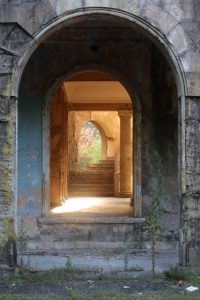
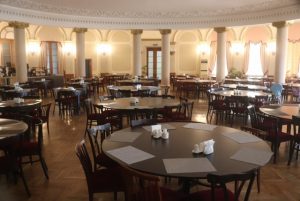
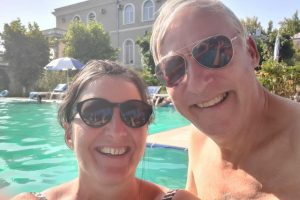
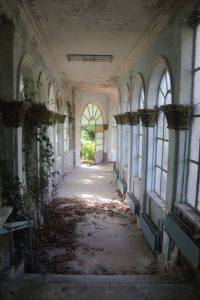

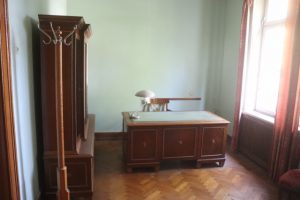

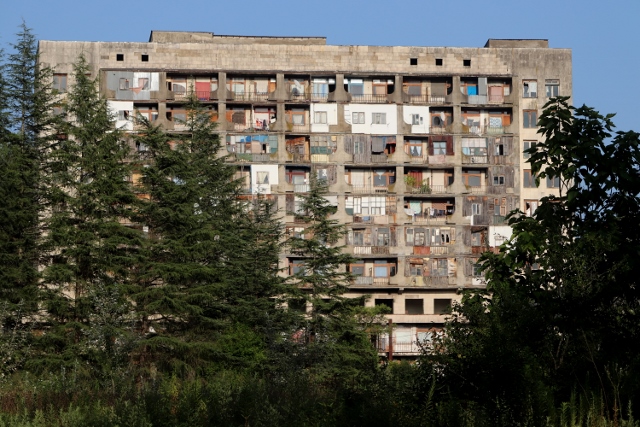
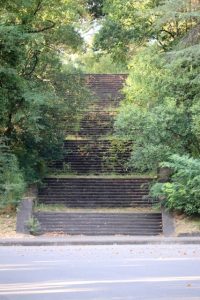
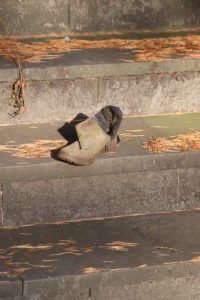

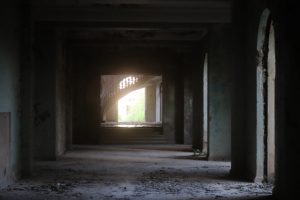
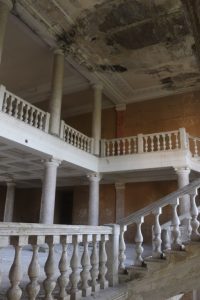
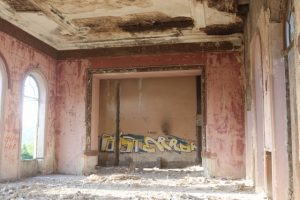
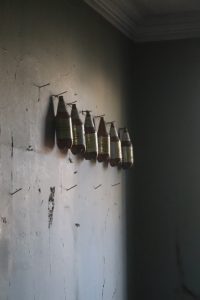
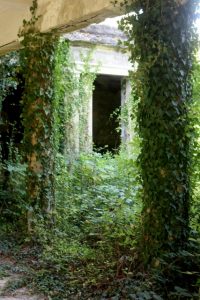

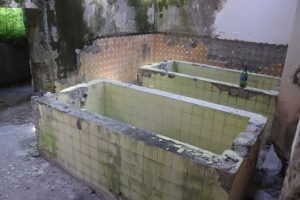

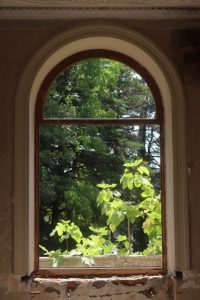


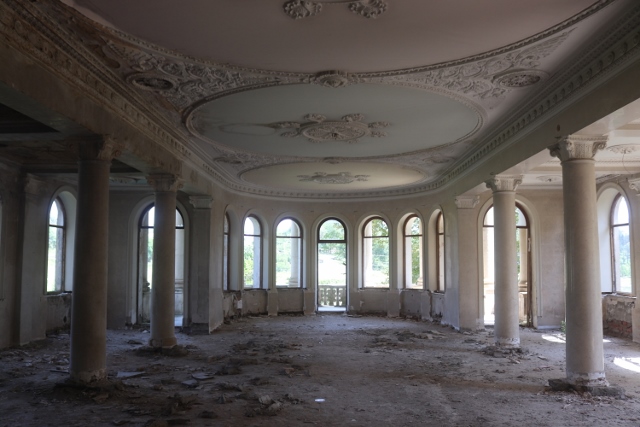

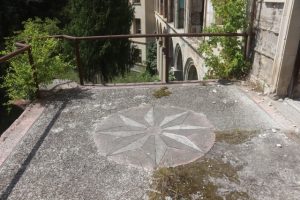

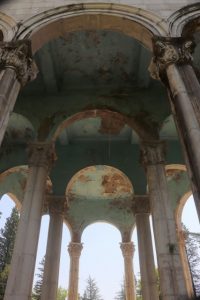
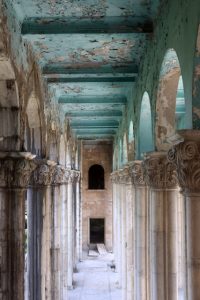
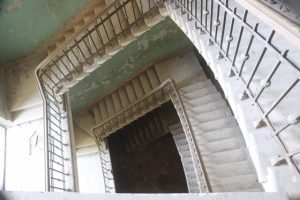

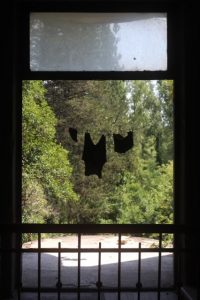
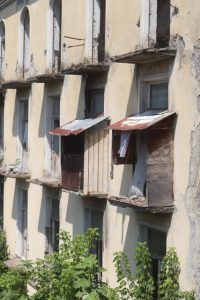















Very Nice to visit this place!
I agree you can spend much more time over here. Nice pictures.